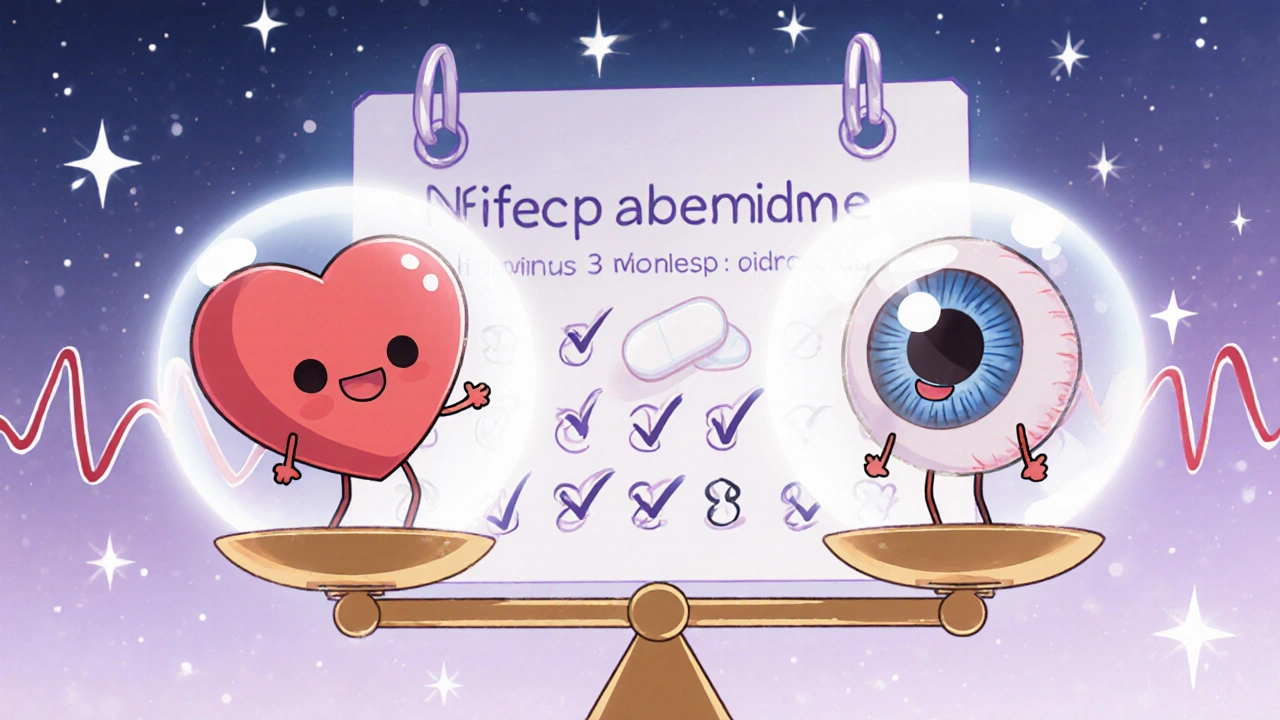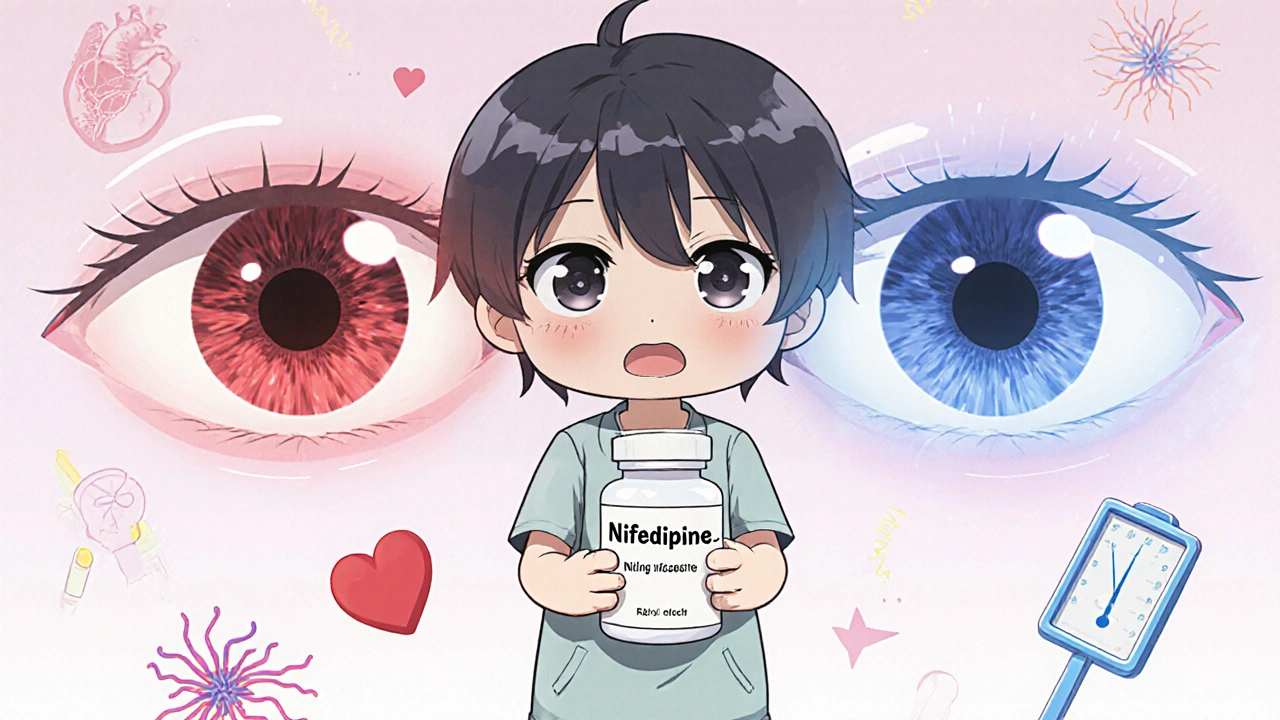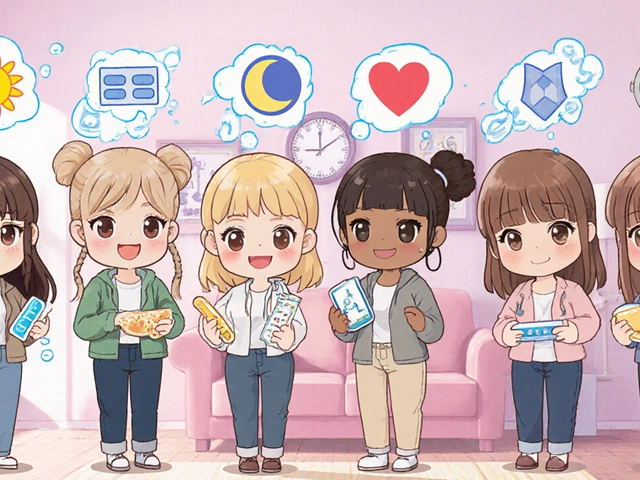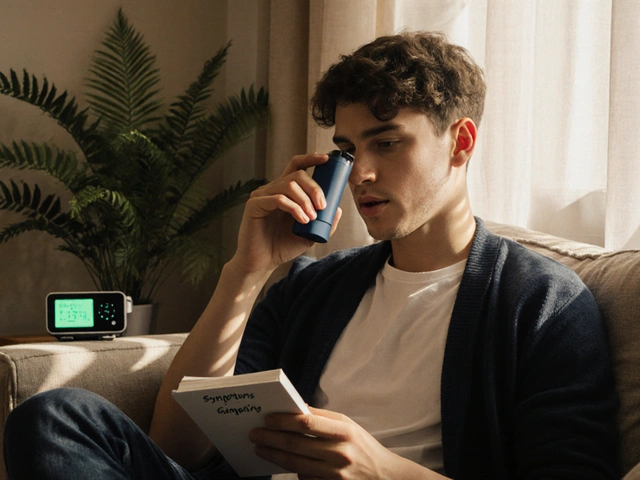If you’re taking nifedipine for high blood pressure or angina and you also have glaucoma, you’re not alone. But you might be wondering: nifedipine and glaucoma - is this combo safe? It’s a real concern. Many people assume that because nifedipine is a common heart medication, it’s harmless everywhere else. But your eyes are sensitive, and some drugs can quietly raise pressure inside them. Let’s cut through the noise and look at what actually happens when nifedipine meets glaucoma.
What Is Nifedipine, Really?
Nifedipine is a calcium channel blocker. It works by relaxing the muscles in your blood vessels, which lowers blood pressure and reduces chest pain. It’s been used since the 1980s and is sold under brand names like Adalat and Procardia. It’s also available as a generic, making it affordable and widely prescribed. About 5 million Americans take it each year, mostly for hypertension or chronic angina.
But here’s the thing: nifedipine doesn’t just affect your arteries. It can influence blood flow in other parts of your body - including the optic nerve and the ciliary body in your eye. That’s where the question about glaucoma comes in.
What Is Glaucoma, and Why Does Pressure Matter?
Glaucoma isn’t one disease. It’s a group of conditions that damage the optic nerve, usually because of high pressure inside the eye - called intraocular pressure (IOP). The most common type, open-angle glaucoma, develops slowly. You might not notice symptoms until vision loss is already happening. That’s why regular eye exams are critical.
Normal eye pressure ranges from 10 to 21 mm Hg. Anything above 21 is considered elevated. But not everyone with high pressure gets glaucoma, and some people with normal pressure still develop optic nerve damage. That’s why doctors look at more than just pressure - they check the optic nerve, visual field, and corneal thickness.
Does Nifedipine Raise Eye Pressure?
Early studies in the 1990s raised red flags. One small trial found that nifedipine caused a slight rise in IOP in healthy volunteers. Another noted that patients with glaucoma who started nifedipine saw their pressure increase by 2 to 4 mm Hg over a few weeks. That might not sound like much, but for someone already near the danger zone, even a 3-point jump can accelerate nerve damage.
But here’s the twist: later research didn’t always agree. A 2018 review in the Journal of Glaucoma analyzed 12 studies involving over 1,200 patients. It found that while some individuals saw small pressure spikes, the average change across all users was negligible - less than 1 mm Hg. The authors concluded that nifedipine is unlikely to cause glaucoma in people without it, and for those already diagnosed, the risk is low if monitored.
Why the conflicting results? Because people aren’t lab rats. Genetics, other medications, age, and how your body metabolizes drugs all play a role. One person’s 4-point rise might be another’s no change at all.

What About Blood Flow to the Optic Nerve?
There’s another angle to this. Glaucoma isn’t just about pressure. Poor blood flow to the optic nerve can also cause damage - especially in normal-tension glaucoma, where pressure is normal but the nerve still deteriorates.
Nifedipine improves blood flow. That’s why it helps with angina. Some doctors believe this could actually protect the optic nerve in certain types of glaucoma. A 2021 study in Acta Ophthalmologica followed 89 patients with normal-tension glaucoma who were taking nifedipine. After 18 months, their optic nerve damage progressed 30% slower than those not on the drug. The researchers suggested nifedipine might help by increasing blood flow to the back of the eye.
So now we have two opposing effects: one, a possible small rise in pressure; two, a possible protective boost in blood flow. Which one wins? It depends on you.
Who Should Be Extra Careful?
Not everyone needs to worry. But if you fall into one of these groups, talk to your eye doctor and cardiologist before making any changes:
- You have advanced glaucoma with significant vision loss
- Your eye pressure is already above 25 mm Hg
- You’re on multiple eye drops for glaucoma and your pressure is barely controlled
- You have normal-tension glaucoma and your doctor suspects poor blood flow is the main issue
- You’ve had recent eye surgery or laser treatment
If you’re in any of these categories, your eye pressure should be checked more often - maybe every 3 to 6 months instead of once a year. Your doctor might also consider switching you to a different blood pressure drug, like an ACE inhibitor or ARB, which have no known effect on eye pressure.
What Do the Experts Say?
The American Academy of Ophthalmology doesn’t list nifedipine as a drug to avoid in glaucoma patients. Their 2023 clinical guideline says: “Calcium channel blockers are not contraindicated in glaucoma. Monitor IOP in patients with unstable disease.”
The American Heart Association also doesn’t warn against nifedipine for people with eye conditions. They focus on its proven benefits for heart health - which matter a lot. Heart disease is the leading cause of death in people with glaucoma, especially older adults. Stopping nifedipine because of a small eye pressure risk could do more harm than good.
Bottom line: don’t quit nifedipine on your own. If you’re worried, schedule a conversation with both your eye doctor and your primary care provider. They can weigh your heart risks against your eye risks and decide what’s best for your body.

What Should You Do Right Now?
If you’re on nifedipine and have glaucoma, here’s what to do:
- Don’t stop or change your dose without talking to your doctor.
- Make sure you’re seeing your ophthalmologist at least once a year - or more often if your glaucoma is active.
- Ask your eye doctor to check your intraocular pressure at your next visit and compare it to past readings.
- Bring your full medication list - including over-the-counter supplements - to every appointment.
- If your pressure has risen recently and you started nifedipine around the same time, mention it. That’s a clue worth investigating.
Many people with glaucoma take nifedipine without any problems. But silence can be dangerous. If you don’t speak up, your doctor might miss a slow, silent change in your eye health.
Alternatives to Nifedipine for Glaucoma Patients
If your doctor thinks nifedipine might be a problem, there are other blood pressure meds that don’t affect eye pressure:
- ACE inhibitors (like lisinopril) - no known effect on IOP
- ARBs (like losartan) - also neutral
- Metoprolol - a beta-blocker that can actually lower eye pressure, but may cause fatigue or slow heart rate
- Hydrochlorothiazide - a diuretic, generally safe for eyes
But remember: switching meds isn’t a simple swap. Each drug has its own side effects. Metoprolol might make you tired. Diuretics can cause dehydration or low potassium. Your heart needs stable control - and sometimes nifedipine is the best option for that.
Final Thoughts: It’s About Balance
Nifedipine isn’t a villain for glaucoma patients. It’s not a miracle cure either. It’s a tool - and like any tool, its safety depends on how you use it.
For most people with glaucoma, taking nifedipine is fine. But you need to stay alert. Track your eye pressure. Report changes. Ask questions. Your heart and your eyes both matter - and you’re the only one who can make sure they’re both being heard.
Can nifedipine cause glaucoma?
No, nifedipine does not cause glaucoma. Glaucoma develops due to genetics, aging, or other factors like high eye pressure or poor blood flow. Nifedipine may slightly raise eye pressure in some people, but it doesn’t trigger the disease itself.
Does nifedipine interact with glaucoma eye drops?
There are no known direct chemical interactions between nifedipine and common glaucoma medications like timolol, latanoprost, or brimonidine. However, combining them can make it harder to tell whether changes in eye pressure are due to the drug or your condition. Always tell your eye doctor about all medications you take.
How often should I get my eye pressure checked if I’m on nifedipine?
If you have stable glaucoma and no other risk factors, annual checkups are usually enough. But if your pressure has been high, your glaucoma is progressing, or you just started nifedipine, your doctor may recommend checks every 3 to 6 months until things stabilize.
Can I switch to another blood pressure medication?
Yes, alternatives like lisinopril, losartan, or hydrochlorothiazide don’t affect eye pressure and may be safer if your glaucoma is advanced. But don’t switch on your own. Nifedipine is often chosen because it works well for certain heart conditions. Your doctor will weigh your heart health against your eye health before changing anything.
Is it safe to take nifedipine if I have normal-tension glaucoma?
It may actually be beneficial. Some research suggests nifedipine improves blood flow to the optic nerve, which can slow damage in normal-tension glaucoma. But your eye pressure should still be monitored regularly, as individual responses vary.
Stay informed. Stay in touch with your doctors. And don’t let fear of a medication keep you from protecting your heart - or your sight.




Nifedipine saved my heart after the angioplasty, and my glaucoma? Still stable after 3 years. Regular eye checks are non-negotiable. Don't panic, just monitor.
my doc said nifedipine is fine but i forgot to tell him i take those eye drops at night… oops. now im paranoid. anyone else miss the meds list?
This is such a balanced take. So many people think meds are either totally safe or totally evil, but it’s never that simple. I’ve seen patients on nifedipine with normal-tension glaucoma do better than those on other BP meds - the blood flow benefit seems real. Just don’t go silent on your eye doc. Keep the lines open. You’re not being a burden, you’re being your own best advocate.
the 2021 study is the key here. if you have normal tension glaucoma nifedipine might actually help. dont assume all pressure rises are bad. its about the net effect. talk to your team not just one doctor
Wait so you're telling me I can't just stop my blood pressure med because my eye pressure went up a few points? But what if my vision is blurry? What if I'm 68 and scared? Who even wrote this article? It's like they're minimizing my fear. I need a straight answer, not a lecture on 'balance'.
Oh wow. Another ‘it’s complicated’ article. Of course it’s complicated - because the medical-industrial complex doesn’t want you to have a simple answer. Nifedipine? Probably fine. But if you’re reading this, you’ve already been gaslit by 3 different doctors who said ‘it’s nothing.’ Your optic nerve doesn’t care about your ‘balance.’ It just dies. And now you’re paying $200 for a scan that ‘shows no change’ - while your peripheral vision is gone. Wake up.
I’m a nurse and I’ve had 3 patients on nifedipine with glaucoma - all did fine with yearly checks. The biggest risk isn’t the med, it’s not talking about it. If you’re scared, bring this article to your next appointment. Your doctors want you to speak up. You’re not being difficult - you’re being smart.
So let me get this straight… the same drug that helps your heart might slowly blind you? And the ‘experts’ say ‘it’s fine’? 😂 That’s like saying ‘your car’s brakes might fail, but the airbag works so you’re good.’ I’m out. I’m switching to lisinopril tomorrow. No thanks.
It is imperative that patients with concomitant cardiovascular and ophthalmic conditions engage in multidisciplinary care. The available evidence does not support the discontinuation of calcium channel blockers in the absence of demonstrable intraocular pressure progression. Vigilant monitoring remains the cornerstone of safe pharmacologic management. Consultation with both a cardiologist and a glaucoma specialist is strongly advised.
It’s wild how we treat medicine like it’s a switch - on or off, good or bad. But the body isn’t a circuit board. Nifedipine doesn’t ‘cause’ glaucoma, and it doesn’t ‘cure’ it either. It just… does something. Maybe it helps your optic nerve breathe better. Maybe it nudges your pressure up a little. You’re not a patient. You’re a system. And the real question isn’t ‘is this drug safe?’ - it’s ‘how do I listen to what my body’s telling me?’